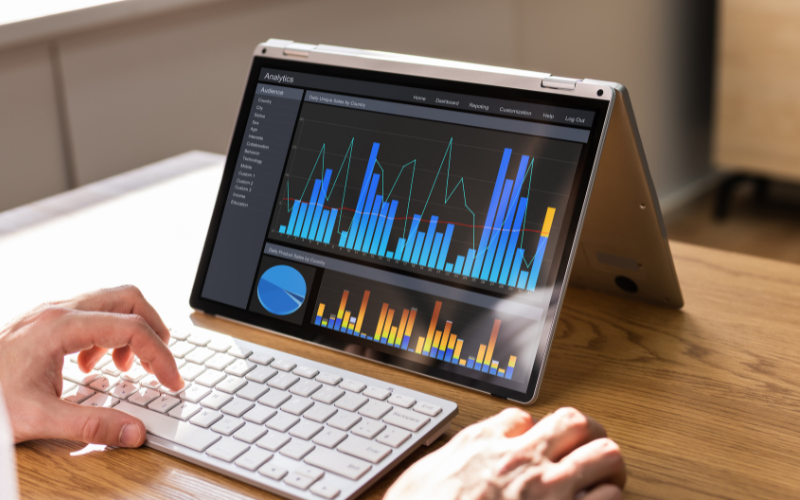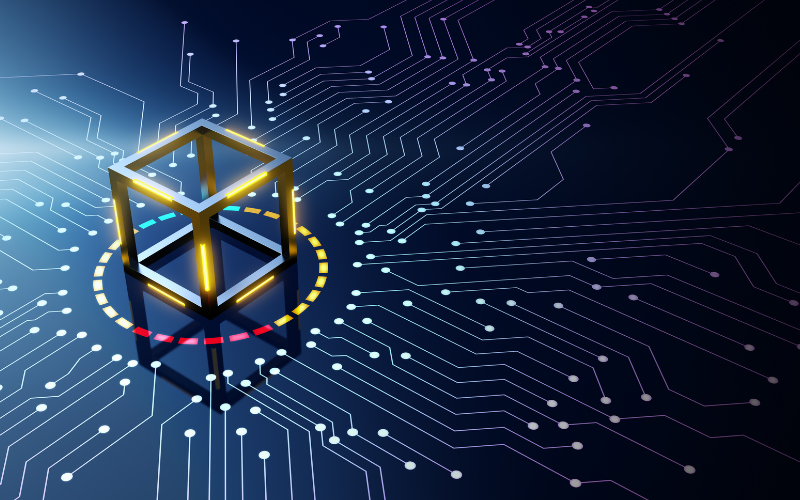Healthcare & Technology

Technology has achieved outstanding evolution, and it shows no signs of slowing down. The use of technological solutions across different industries has simplified various processes and improved the quality of life. Healthcare isn’t an exception. How does technology contribute to healthcare? The relationship between the two is the main focus of this post. Keep reading to learn more.
Influence of Technology on the healthcare industry
The influence of technology on the healthcare industry has been immense. Some of the most important ways through which technology is influencing the healthcare sector are listed below:
- 3D printing: allows clinical staff to print artificial limbs, blood vessels, pills, bio tissues, etc.
- Artificial intelligence (AI): features algorithms that mine medical records, design treatment plans, and more
- Augmented reality (AR): helps medical students better prepare for real-life surgical procedures and allows experienced surgeons to improve or sharpen their skills
- Drug development revolution: rely on the strength of AI to generate new therapeutic solutions faster and with lower costs than regular drug development
- Robotics: among the fastest-growing fields of medicine, they have various applications including assisting in lifting elderly patients or during the surgery
- Virtual reality (VR): aids in the training of surgeons and other clinical staff
- Wearables, sensors, and healthcare trackers: devices that give us a deeper insight into our health
Generally speaking, technology improved access to medical information and data while also taking communication between healthcare workers to a new level. Nowadays, patients have electronic health records and also easy access to online education and various health apps. Plus, telemedicine has improved the level of care for patients.
Benefits of remote patient monitoring
Remote patient monitoring (RPM) is a subcategory of telemedicine that allows healthcare providers to use digital technologies to monitor and manage chronic conditions in patients. A good example of these conditions is diabetes.
In other words, RPM relies on information technology that enables streamlined collection of patient data beyond the standard setting in healthcare. Numbers show that in 2020, the value of the RPM market was estimated at $24.56 billion and is expected to jump to $166.52 billion by 2030.
Remote patient monitoring, as a major component of telemedicine, has a wide spectrum of benefits. The most important benefits of RPM are listed below:
- Lower risk of disease transmission: the COVID-19 pandemic has shown the use of RPM can be of huge help in reducing disease transmission. Since the clinical staff can provide much-needed instructions and therapy modifications only, patients are protected from becoming infected with the virus, or they may not be able to spread it to others.
- Freeing up hospital resources: option to monitor patients remotely can help free up limited hospital resources such as the number of beds. That way, hospital staff can allocate the available beds more effectively to those in need.
- Better patient data: healthcare providers get faster access to more accurate patient data thanks to connected health devices such as glucose monitoring systems. The use of these devices and regular analysis of the data they present can improve diagnostic processes and facilitate timely treatment measures.
- Improved patient outcomes: the use of RPM solutions results in a lower risk of hospitalizations and mortality.
- Reduced costs: telemedicine approaches such as RPM help hospitals save costs by reducing hospital admissions and complications of chronic conditions such as diabetes.
- Improved data-driven decision-making: RPM systems provide detailed clinical insight into the patient’s status between face-to-face visits. Healthcare providers see how their patients’ symptoms worsen or improve with time, which allows them to modify treatment approaches adequately.
Besides the above-mentioned benefits of RPM, these systems also improve self-management of a chronic health condition, reduce patient expenses, and improve access to healthcare. The most important advantage of RPM is its effectiveness. For example, a study from the Telemedicine Journal and e-Health confirmed that RPM technology leads to better glycemic control and increased patient engagement levels.
Getting patient's real-time data
Indeed, technology revolutionized the healthcare industry and made it easier for clinical staff to be of assistance to patients. Back in time, getting real-time data about a patient’s health was considered mission impossible. Thanks to telemedicine, RPM systems can make it happen.
Getting patients' real-time data improves patient care in more ways than one. Doctors and other clinical staff can use real-time data to monitor vital signs in patients. They can use that information to identify patterns and trends indicative of someone’s health status. For instance, through RPM systems and platforms, doctors can see patients’ blood glucose levels and other parameters in real-time. That way, they can detect potential problems that could cause complications or hospitalization. By acting promptly to instruct patients, doctors can help prevent unfortunate scenarios.
The remote patient monitoring system may provide a doctor with information regarding the best treatment course for patients and also improve the coordination of care thanks to real-time data.
Getting patients' real-time data improves communication between healthcare providers. Clinical staff exchanges patient information in order to confirm diagnoses, rule out certain conditions, and propose or modify treatment plans. Without real-time data, it’s difficult for all clinical staff involved to get a real picture of a patient’s health status. This way, they can.
Most importantly, getting real-time data makes it possible for healthcare providers to deliver individualized care. Every patient is different, and so is their experience with a certain health condition, such as diabetes. The “one size fits all” rule doesn’t work in medicine because people respond to treatment options differently. Getting access to real-time data allows for a patient-centric treatment approach.
Conclusion
Technology is present in every aspect of our lives, and it’s not going anywhere anytime soon. The use of technology revolutionized healthcare through improved patient outcomes, reduced costs, freeing up hospital resources, and so much more. Remote patient monitoring systems allow doctors to treat patients more effectively. At the same time, people can manage their condition with greater success. Real-time data allows for a patient-centric approach to the treatment of diabetes and other chronic health conditions.
Regards,
Adam Nadler



